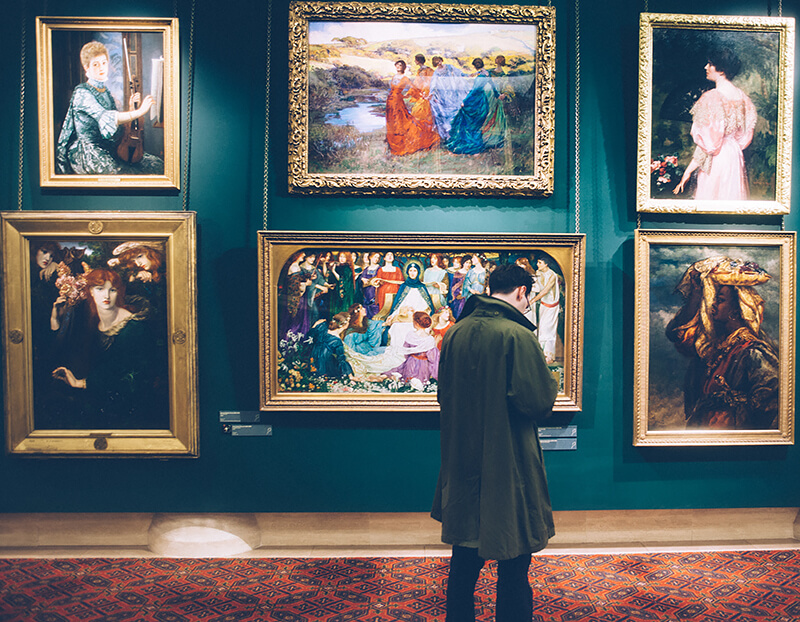In a dramatic showdown at the Louvre Museum, two climate activists were arrested after they affixed posters around Eugène Delacroix’s iconic painting, “Liberty Leading the People.” The incident, which occurred yesterday, was part of a protest aimed at drawing attention to urgent environmental issues.
The protesters, identified as members of the environmental group Earth’s Last Stand, strategically placed posters with messages advocating for stronger action against climate change. These posters surrounded the famous 1830 painting, renowned for its revolutionary spirit, but did not directly contact the artwork itself, thus preventing any immediate physical damage.
Museum staff quickly intervened, removing the posters and confirming that the artwork remained unharmed. The Louvre Museum, in a statement released shortly after the incident, condemned the activists’ tactics as “reckless” but acknowledged the importance of the broader environmental message. The museum also reaffirmed its commitment to art preservation and highlighted ongoing sustainability initiatives within its operations.
Paris police responded to the incident swiftly, detaining the activists on charges related to attempted damage of a cultural asset. This action has sparked a broad spectrum of reactions, both locally and internationally, with some commending the protesters for their boldness, while others criticized their approach as endangering invaluable cultural heritage.
This incident is part of a rising trend where activists target art institutions to amplify their environmental and social justice messages. Similar actions have taken place in other major museums across Europe, each stirring public debate about the intersection of cultural preservation and contemporary activism.
The event at the Louvre serves as a stark reminder of the growing challenges museums face in balancing security, accessibility, and the facilitation of public discourse on global issues. As the situation develops, the art world and environmental groups alike are keenly watching the outcomes of this protest, including potential legal and policy repercussions for future demonstrations.
























